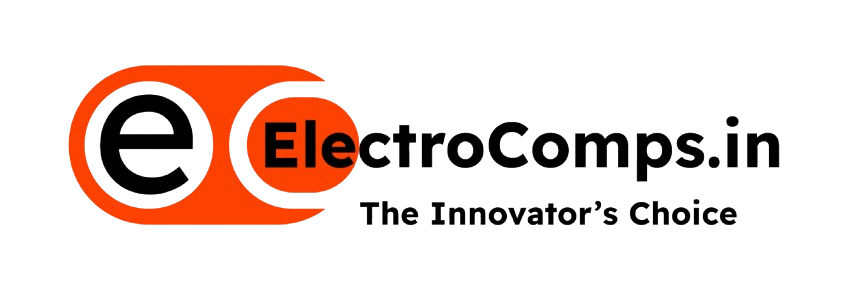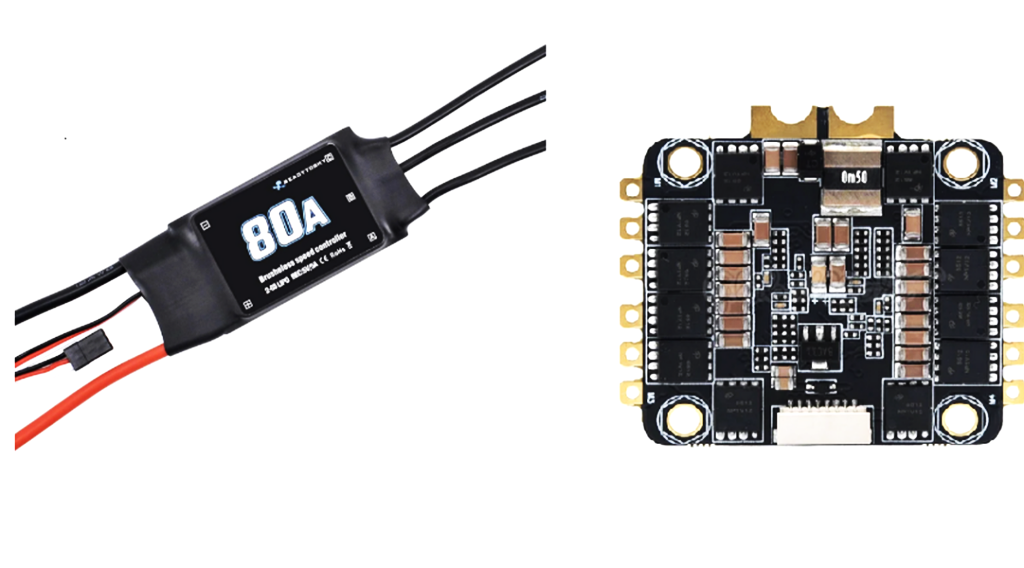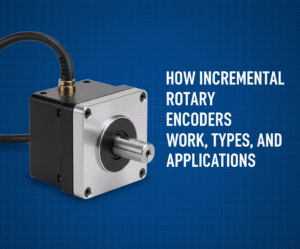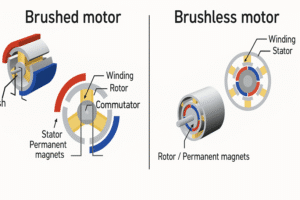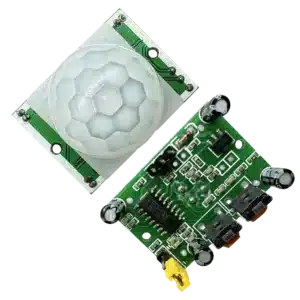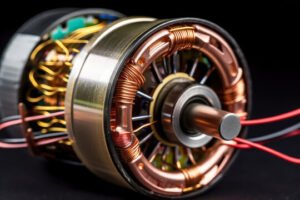For anyone diving into the world of DIY electronics, robotics, or drone-building, Electronic
Speed Controllers (ESCs) are an essential component. These nifty devices regulate motors’
powering a drone, an RC car, or a robotic arm, the ESC ensures that your motor responds
efficiently and reliably.
But with so many options available, how do you choose the right ESC for your project? Let’s
break down the technical aspects of ESCs and help you select the perfect match.
What is an ESC?
An ESC is a crucial component in electric motor-driven devices, controlling the speed and
direction of Brushless DC Motors (BLDC). Due to their efficiency and reliability, these motors are commonly used in drones, RC
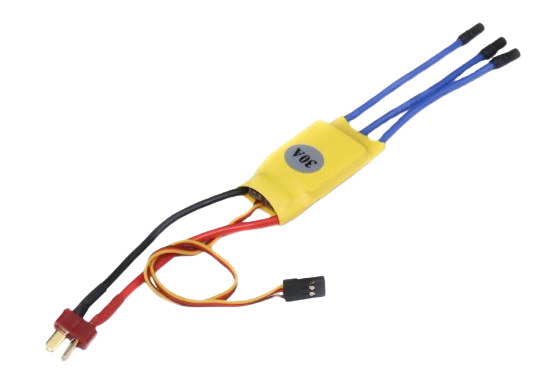
Technical Specifications of ESC
- Voltage Range (V)
- Current Range (A)
- Power Delivery (W) : Power(W) = Voltage(V) × Current(A)
- Signal Frequency (kHz) : ESCs operate at frequencies ranging from 8kHz to
32kHz, ensuring smooth motor response and reduced noise. - BEC [Battery Eliminator Circuit) : Many ESCs come with a BEC that outputs a
regulated voltage (e.g., 5V) for powering receivers or controllers. Choose a BEC with
a current output matching your peripherals (e.g., 3A or 5A).

| ESC Type | Power (Watts) | Voltage (Volts) | Max Current (Amps) | Weight (gram) | Popular Brands | Real-world Applications |
| 10A | Up to 111W | 7.4V–11.1V (2S–3S) | 10A | ~8g | Hobbywing, Racerstar | Small RC planes, micro drones, small DIY projects |
| 20A | Up to 222W | 7.4V–11.1V (2S–3S) | 20A | ~15g | EMAX, BLHeli, DYS | Small quadcopters, lightweight robotics |
| 30A | Up to 666W | 7.4V–22.2V (2S–6S) | 30A | ~25g | T-Motor, Holybro, Flycolor | Medium-sized drones, RC cars, multi-rotor builds |
| 50A | Up to 1110W | 7.4V–22.2V (2S–6S) | 50A | ~40g | ZTW, Hobbywing, Sunrise Model | Racing drones, RC boats, high-speed robotics |
| 100A | Up to 4440W | 11.1V–48V (3S–12S) | 100A | ~80g | Castle Creations, Turnigy | Electric bikes, heavy-lift drones, industrial bots |
Choosing the Right ESC for Your Project
When selecting an ESC, overrating is key to prevent overheating and failure. For example, if
your motor draws 25A at full throttle, opt for a 30A ESC to allow for a safety margin.
Also, pay attention to:
– Programmable ESCs: Customize throttle curves, braking, and motor timing for performance.
– Firmware Support: ESCs like BLHeli and SimonK offer advanced tuning options.
Why ElectroComps.in?
At ElectroComps.in, we stock a variety of ESCs ranging from 10A to 120A, suitable for drones, RC vehicles, and robotics projects. Our products are accompanied by detailed specifications, ensuring you find the right match for your application.
Technical Example from Our Store
30A ESC:
– Voltage: 7.4V–22.2V (2S–6S LiPo)
– Current: 30A continuous, 40A peak
– Power: Up to 666W at 6S (22.2V)
– Features: Programmable, built-in BEC (5V/3A), heat protection.
The Power of Electronic Speed Controllers (ESCs): A Guide for DIY enthusiasts.

